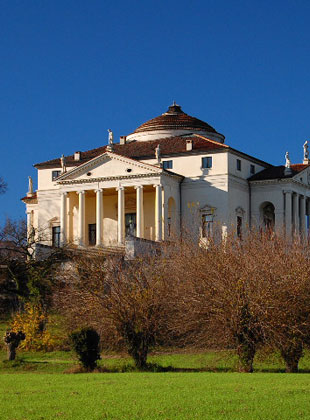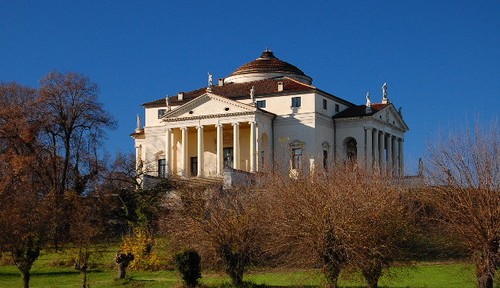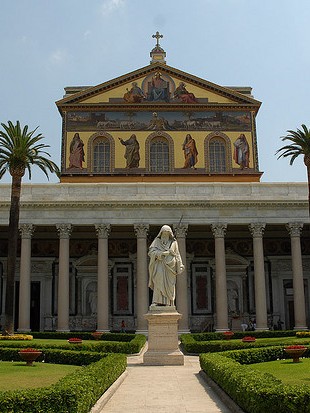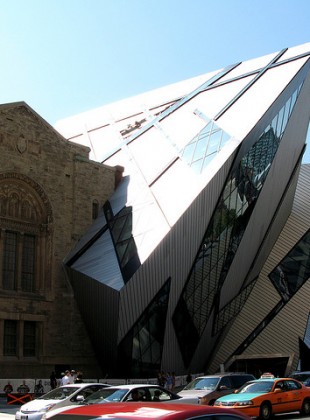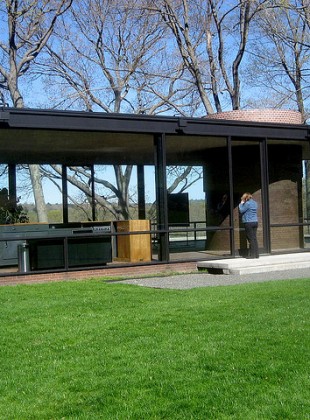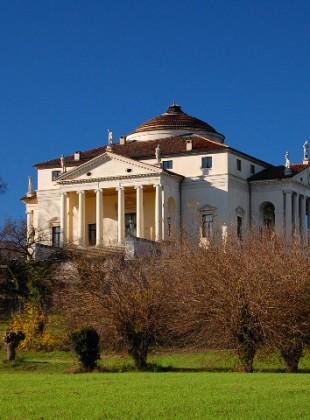Two friends and I recently visited the excellent Palladio exhibit at the Morgan Library. It provoked an interesting follow-up discussion regarding the shortcomings of modern architectural education and practice, my friends suggesting that there is something to appreciate in modernist work. Wrote Finbar [all names have been changed to protect the innocent]:
Didn’t the modernists do something good with light or space, kinda opening places up, letting things breathe a bit. In every other field the modernists manage to achieve something before forsaking the human? These guys had to do something useful – a nice room somewhere, a fresh insight on the whole architecture thing, a well-designed bathtub?
In support, Bianca wrote:
Why can I not see beauty in both traditional architectural styles and modern architectural styles? Is it wrong that I both love Bach and Prokofiev? Michelangelo and Rothko? Shakespeare and Hemingway? Donatello and Brancusi? I find beauty in the simplicity of modern architecture (at least some modern architecture)–say in Philip Johnson’s Glass House. Simple lines and materials. And as Finbar said, “light or space, kinda opening places up, letting things breathe a bit”.
I was allowed no more than 250 words to respond as my correspondents have day jobs. I expect you do as well, dear reader, so for your convenience, here, slightly edited, it is.
Modernism is a johnny-come-lately when it comes to opening places up a bit and letting things breathe. Roman baths anyone? Crystal Palace? There is good to be found in modernist work, but that good comes not from modernism proper: it is merely the cultural capital left over after the act of creative destruction which is at the heart of the modernist approach. Modernism is more than just a style the way Baroque and Rococo are styles. It is a philosophy. It hates God, beauty, and order.
Painting with a very broad brush, at one end of the spectrum you have classicism (a word fraught with connotations which I hope do not muddy my point) which is founded on metaphysical realism.
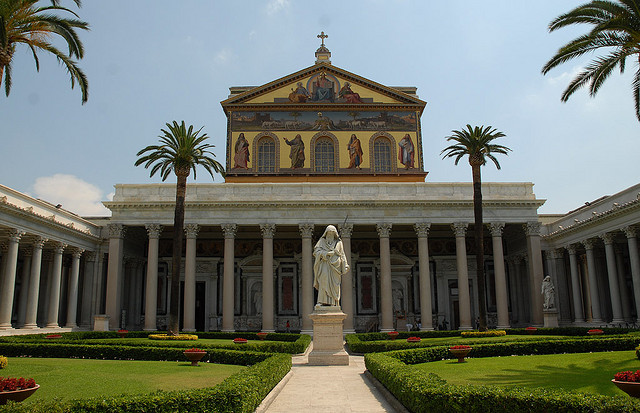
San Paolo Fuori le Mura
(Image source)
At the other end of the spectrum you have unadulterated modernism which is founded on nihilism.
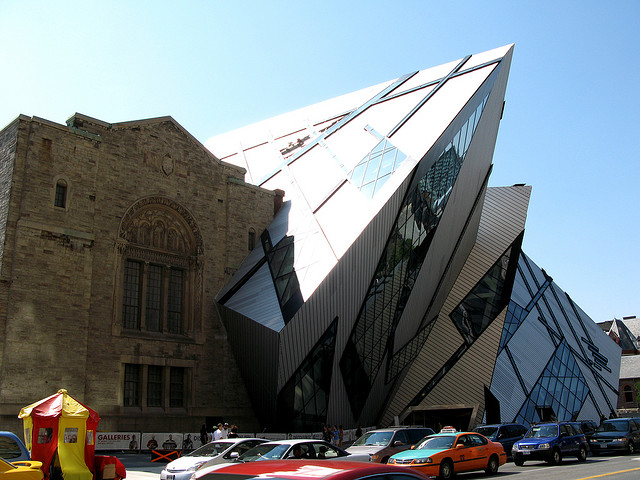
The Royal Ontario Museum
(Image source)
For music lovers, you have Bach and Palestrina at one end, and Schoenberg at the other.
In between, you have a continuous spectrum, as it took a few centuries for the nihilists to chip away at the West’s patrimony and descend to the depths plumbed by Daniel Libeskind (above). At the bottom, there is little cultural capital left for a sane mind to appreciate. However, on the way down, there is still some good to be found. Philip Johnson’s Glass House, for example, still maintains some sense of order, at least.
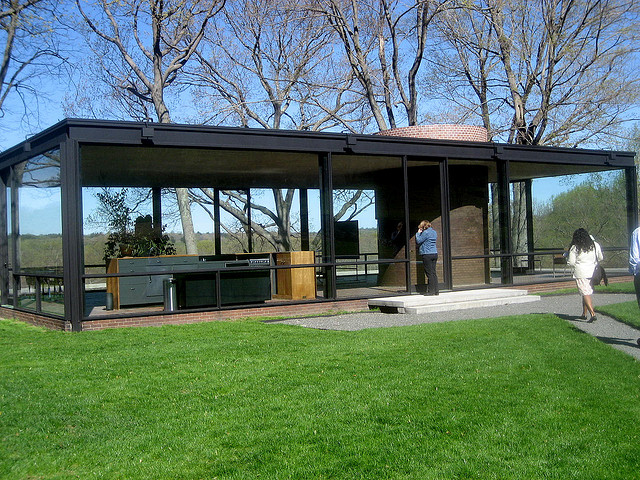
Philip Johnson’s Glass House, New Canaan, Connecticut
(Image source)
Beyond that and the industrial iconography, there is very little else to sink your teeth into. Comparing Johnson’s paean to nature with another, Palladio’s Villa Rotunda, is like comparing a piece of dry toast to a sumptuous Fegato alla Veneziana. So much has been taken away and replaced with nothing that there is little nourishment left for mind and soul. That’s why Henry Hope Reed calls it Anorexic Architecture.

